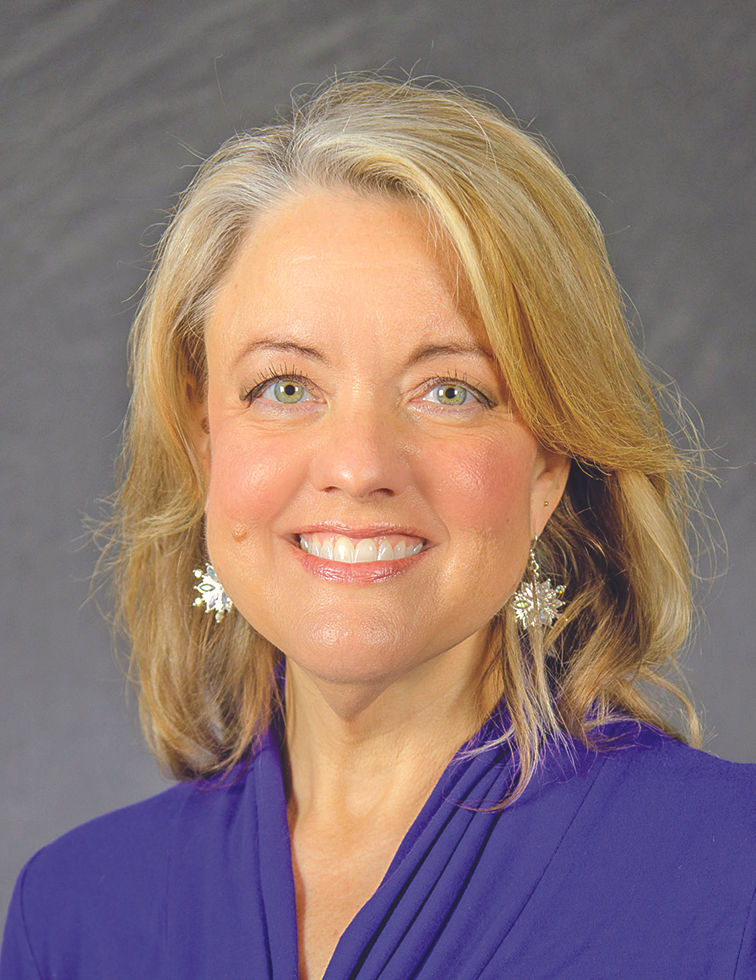Through Caledonia: Whimsy in Scotland- Diving Underground
- Posted By: Sasha Bush

- Jul 15, 2024
- 3 min read
Through Caledonia:
Whimsy in Scotland- Diving Underground
Gwen Akers
The Ashland Beacon

Once isolated by the Flodden Wall as a means of defense, Edinburgh was forced to expand upward marking it as one of the first European cities to have high-rises. Yet, with all the height, one must wonder what lies underneath it, and what makes up the foundations of those sprawling buildings.
Walking between them, it is like the buildings are leaning down to listen. Holding you safely between their brick walls and giving you just enough room to get by.
After the wall was taken down, and the city could expand to the north and south, a plan was devised that combat the rising overpopulation issue in the city. The solution was the construction of the South Bridge. The bridge was meant to allow for ease of access to each side of Edinburgh, as well as provide underground space through the vaults constructed to support the bridge.
At first, the vaults were meant to serve as storage rooms for the growing businesses of the town – but this plan was quickly ruined due to the stormy weather of Scotland. Water would drip down into the bridge and cling to the limestone interior, soon ruining anything good stored there.
Quickly abandoned by the merchants of Edinburgh, the vaults became a hiding place and home for many citizens. Known as a breeding ground for crime and disease, if work was not to be found the only place to hide from the police was within the sheer darkness of the vaults. Lit only by the dim oil lamps they had, many people had to simply adjust to the darkness and the twisty maze of the vaults themselves.

There were often cases of people never leaving the vaults, or in the least case, not seeing the sun for weeks at a time. Time seemed to pass differently in the vaults, like it hadn't moved at all.
Recently, I was able to explore the vaults myself: learning about the rich history and stories that echo around its limestone walls. On the rainiest of days, you can see the water sliding down from above and dripping into pitch black puddles underneath your feet. Now, each “vault” has been bricked off on the connecting wall, to streamline the organization of each room, making it not quite the dizzying maze it was before. Despite that, the pure darkness of the vaults, with only an oil lamp sure to run out in the crush of people and the scurry of rats, is something I cannot imagine living in.
By the 1860s, the police were forced to empty the vaults and the inhabitants were moved back out into the city. For now, they just wait and collect dust, echoing with the voices of the people that spent every waking moment there. So many walk and drive over them every day, not thinking of the miles of limestone underneath their feet.
The people that spent their time there are recorded on their walls, etched into the limestone and echoing throughout the dark halls, but they also left their impact in the city itself. Shown in the stories that run through the streets of Edinburgh, in the cramped but well-maintained buildings that show years of good use and hard work.

Now there are cafes and shops dotting each street, businesses throwing open their doors each day. These are all the lovely spots of hustle and bustle, but there are also the serene hidden nature walks that protect you from the noisy city. One walk that reminds me of these people, wanting some peace from the craziness of life, is the river walk on the way to the Modern Art Museum. The underside of bridges and the stone and moss-covered walls, line the Edinburgh Canal. Never far from the canal, never far from the sea, the people of Edinburgh thrive in it all.
Just as I wander the city of Edinburgh now, I am reminded of the cities that sprung up in Kentucky around logging and infrastructure. I am reminded of the resiliency I see all around me. Just as it takes several stones to construct a building, it takes several voices to build a country and tell the story of it. While I may never fully be able to grasp all the power, determination, and breathtaking beauty that Scotland offers, I will never back down from it either. I hope I can continue to explore the voices and stories of this country and learn more about myself along the way too.





Comments